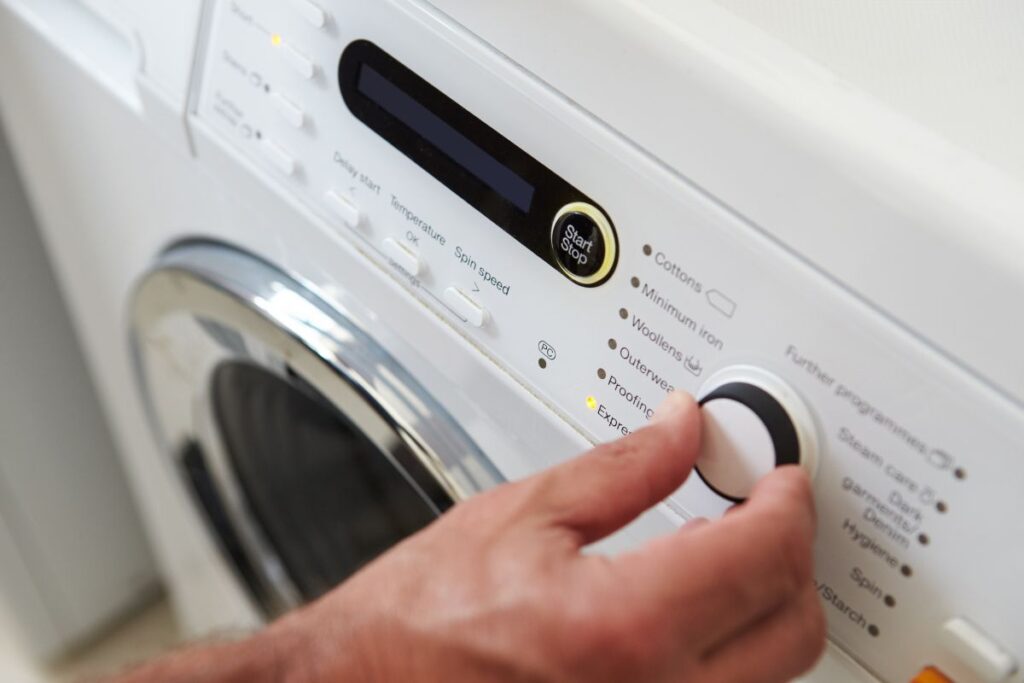This article throws light on the natural and skin-friendly alternatives to your conventional bleach. Bleach, although effective in maintaining the whiteness of your clothes, may trigger skin allergies for some, besides having an overwhelming odor. Fortunately, there are alternative, more eco-friendly methods available that employ everyday ingredients from your pantry.
What you’ll need
Besides your standard washing and drying machines, these whitening methods require additional components to effectively brighten your white clothes. Here’s what you’ll be needing:
- Stain remover
- Tub or bucket (for soaking)
- Vinegar
- Baking Soda
- Lemons
- Hydrogen peroxide
Safety precautions when handling certain materials
Health should not be compromised in efforts to keep our apparel crisp and clear. Hence, certain precautions must be taken:
- Bleach releases robust fumes and therefore should only be used in adequately ventilated spaces
- To avoid direct contact with the skin, eyes, and any cuts or abrasions, one can consider wearing gloves and eye protection when handling powerful substances such as bleach, vinegar, baking soda, etc.
Transforming discolored whites to dazzling lights: A step-by-step guide
The first and foremost step is to pre-treat any present stains with a stain remover of your choice.
Method 1: Bleach
If your skin tolerates it well, bleach can be the quickest solution. Start by washing the clothes in the recommended conditions and complete the process either by air-drying or using a dryer at an appropriate heat level.
Method 2: Vinegar
Vinegar is one of the safest and most efficient natural bleaches, brightening your white clothes without causing any harm to them or your skin.
Method 3: Baking Soda
Baking soda is another potent ingredient that removes those stubborn stains and restores the vibrant whiteness of your clothes. Clothes can be hand-washed or machine washed as per recommendations.
Clothes with lighter shades demand better care than their darker counterparts. Whites usually need more frequent washes, especially if they come into direct contact with your skin, so as to eliminate the body oils trapped in them. It’s not unusual for whites to have longer lifespans compared to other colored clothes, provided they’re laundered meticulously.
Additional tips
- Use sunshine to your advantage. Sunlight has natural bleaching properties which keeps your whites gleaming and also kills harmful bacteria present on them.
- Segregate your whites from darker or colored clientele while washing to prevent possible color bleeding and subsequent staining of whites. This is particularly important during hot water cycles.
- If you see blotchy white patches after bleaching, next time consider switching to natural methods like distilled vinegar, baking soda, hydrogen peroxide, etc.
Bleaching your white clothes doesn’t imply sticking only to traditional bleach which might pose certain health hazards. Experiment with the safer alternatives outlined above and let us know about your experience. Happy laundering!

